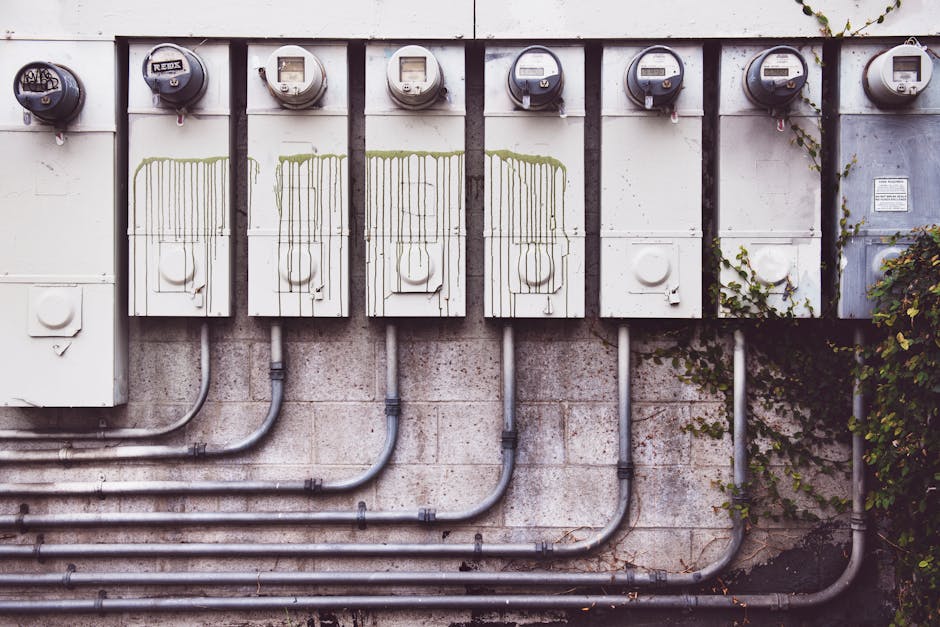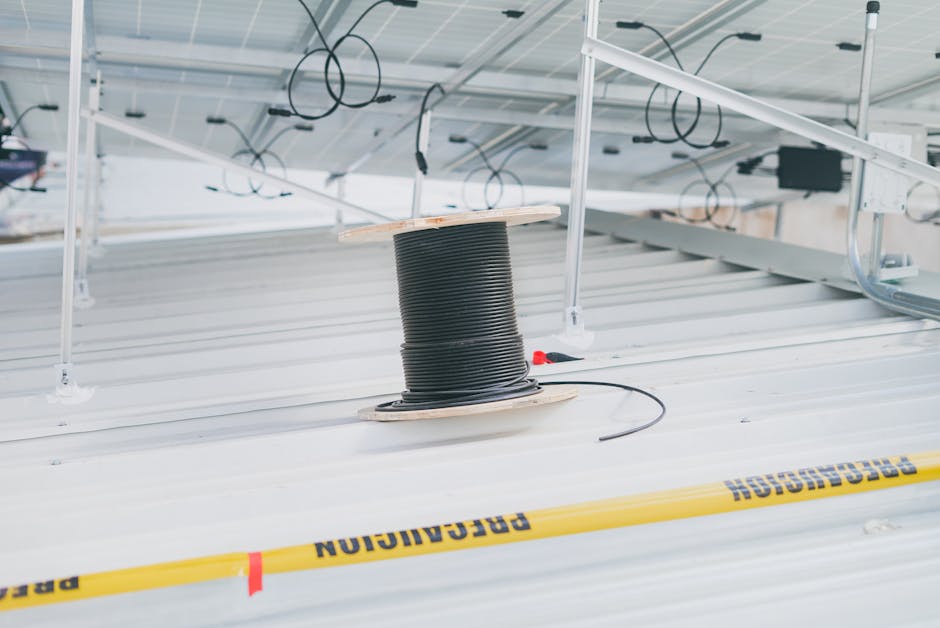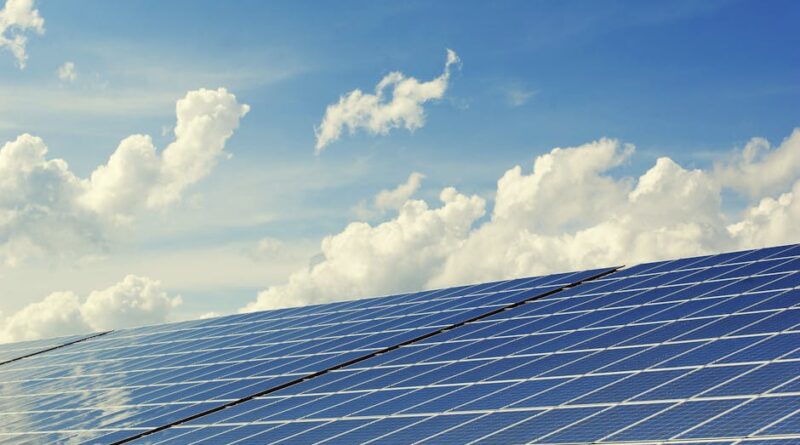Smart Grids for Efficient Energy Use
Did you know that nearly 7% of all energy produced is lost during transmission? that’s a lot of wasted power! But what if there was a way to save energy, cut costs, and help the environment all at once? Enter smart grids. They are changing the way we use and think about energy.
What is a Smart Grid?

A smart grid is like a modernized version of our electricity system. It uses technology to improve how we generate, distribute, and use energy. Instead of the old one-way communication where power flows from a plant to your home, a smart grid allows for two-way communication. This means we can monitor and manage energy use more effectively.
Think of it like a conversation. In the past, power plants spoke only to homes. Now, homes can talk back. This shift helps us understand energy consumption better. It also helps balance the supply and demand of electricity.
Why Do We Need Smart Grids?

As our world becomes more connected, energy demand continues to grow. Here are a few reasons why smart grids are essential:
- Rising Energy Demand: More devices mean more energy use. Smart grids help manage this increasing demand.
- Renewable Energy Sources: Solar and wind power are on the rise, but they are not always available. Smart grids can adjust to these fluctuations.
- Energy Loss Reduction: Traditional grids waste a lot of energy. Smart grids help minimize these losses.
In short, smart grids are crucial for a sustainable energy future. They make our current systems better and more efficient.
How Do Smart Grids Work?

Smart grids use advanced technology to manage electricity flow. Heres how they function:
- Smart Meters: These devices measure energy use in real-time. They send data to utilities, helping them understand consumption patterns.
- Communication Networks: Smart grids use secure communications to exchange data. This keeps information flowing and allows for quick responses.
- Automated Control Systems: These systems manage the electricity supply and demand. They ensure that energy is delivered where it’s needed, when it’s needed.
Imagine getting a text message every time you leave a light on. Smart meters perform a similar task by keeping track of your energy use and sending alerts. This encourages you to use energy more wisely.
How Do Smart Grids Benefit Us?

Smart grids offer several benefits that impact our daily lives. Here are a few:
- Cost Savings: With smart grids, people can save money on their energy bills. Real-time data helps consumers adjust their usage during peak hours when electricity costs more.
- Environmental Impact: By optimizing energy use, smart grids reduce carbon emissions. This is better for the planet and helps combat climate change.
- Reliability: Smart grids can detect faults in the system quickly. This means fewer outages and faster recovery when issues arise.
For example, if a storm causes a power line to go down, smart grids can reroute electricity automatically, minimizing the number of affected homes.
What Are Some Challenges of Smart Grids?
Despite their many advantages, smart grids face some challenges:
- Cybersecurity Risks: With increased connectivity comes the risk of cyber-attacks. Protecting sensitive data is crucial.
- High Initial Costs: Upgrading to smart grid technology can be expensive. However, the long-term savings often outweigh the initial investment.
- Public Awareness: Many people are not familiar with smart grids. Education is key to gaining consumer support.
Addressing these challenges is essential to make the most out of smart grid technology.
How Are Smart Grids Being Implemented?
Many cities and countries are taking steps to implement smart grid technology. Here are some examples:
- California: This state is leading the way with smart grid projects that integrate renewable energy sources.
- Germany: Germany is transforming it’s energy system with smart grids to promote sustainability.
- South Korea: Smart grids in South Korea aim to increase energy efficiency and reduce greenhouse gas emissions.
These efforts show how different regions are adopting smart grids to meet their unique needs. Each success story contributes to a more energy-efficient world.
How Can You Get Involved?
You might be wondering how you can benefit from or support smart grid initiatives. Here are a few ways:
- Stay Informed: Learn about your local utility’s smart grid programs. Understanding the technology is the first step.
- Use Smart Devices: Consider using smart thermostats or energy-efficient appliances. They often work well with smart grid systems.
- Advocate for Change: Support policies that promote energy efficiency and clean energy solutions.
By taking these actions, you can contribute to a smarter and more sustainable energy future.
what’s Next for Smart Grids?
The future of smart grids looks bright. Experts predict increased integration of electric vehicles (EVs) and renewable energy sources.
As EVs become more common, smart grids will help manage their charging needs. For instance, they can schedule charging during off-peak hours to save money and energy.
Moreover, innovations like battery storage systems are expected to play a vital role. They will help store excess energy generated from renewable sources for later use.
Conclusion: A Smarter Energy Future
Smart grids are not just a buzzword; they represent a significant leap toward efficient energy use. By embracing this technology, we can save money, protect our planet, and improve the reliability of our energy systems.
As consumers, we play a crucial role in this transition. Educating ourselves about smart grids and making informed choices can help drive this change. Together, we can create a more sustainable energy future.
Want to learn more about energy efficiency? Check out our article on Energy Saving Tips to see how you can reduce your energy bills today!
Are you ready to embrace the smart grid revolution?



